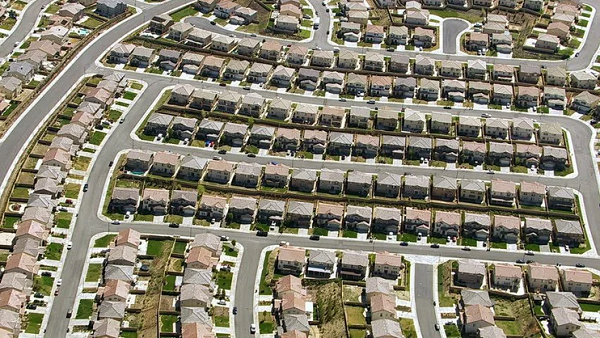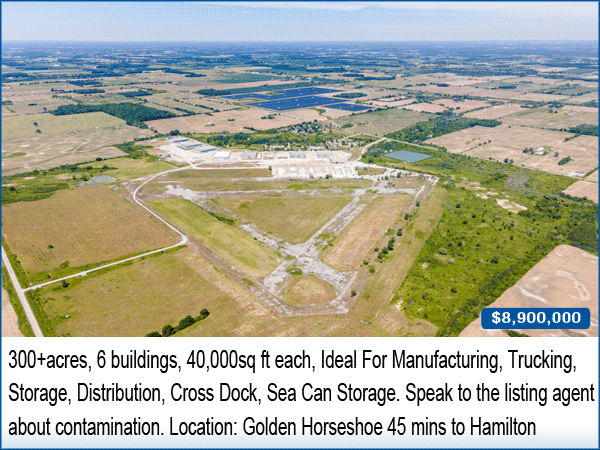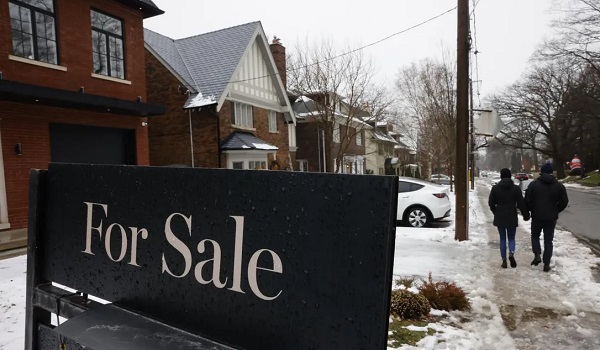New city planners’ recommendations could bring up more townhouses and small apartment buildings in Toronto neighbourhoods
More townhouses and small apartment buildings could soon rise on the busier streets of Toronto’s residential neighbourhoods — as city planners have released their latest recommendations aimed at overhauling how the city’s neighbourhoods can grow.
In a report released on Thursday, interim planning chief Kerri Voumvakis and her team called for rule changes that would permit new townhouses and apartments of up to six storeys, and 30 units, on major streets such as Islington Avenue and Brimley Road where those roads cross through residential areas.
The proposed changes — to be presented to city hall’s housing committee next week and if OK’d there, to full council for approval — are the latest in a years-long effort by city planners to boost density in the residential neighbourhood zones that had long been shielded for single-family homes.
Planners have already introduced new housing types to add density in residential back yards, through laneway and garden suites. Then, last year, city council greenlit a recommendation to allow multiplexes on any residential lot citywide, including duplex, triplex and fourplex housing.
The idea, city planners stress, is to open the door to more residents in areas previously limited to those who can afford detached and semi-detached homes — while spreading out the new housing Toronto needs, to accommodate a rising population, instead of concentrating it in already-dense areas. Another goal is to make better use of existing amenities in the kind of neighbourhoods that have, in some cases, seen population declines.
“Townhouses and small-scale apartment buildings have been providing housing in many Toronto neighbourhoods for generations,” Voumvakis’ report states. Expanding those housing types offers more young Torontonians a chance to “set down roots” in comfortable neighbourhood areas, it adds.
The Star has previously reported on how Toronto’s planning rules have, for decades, contributed to a jagged, uneven pattern of housing growth. While areas like Yonge and Eglinton have grown rapidly, with a tight cluster of highrises, many neighbourhoods have remained fairly stagnant as zoning rules prohibited anything denser than semi-detached houses.
That same problem was flagged in the city report, noting recent growth was largely concentrated to mid-rises and highrises in dense areas. Meanwhile, lowrise housing development “has not kept up with demand,” it said.
As home prices in Toronto have soared, young Torontonians and housing observers have argued that more housing that falls between traditional detached or semi-detached houses and small condo units in a tower could be the key to keeping families from fleeing the city. Such options include townhouses and row houses.
But the proposal released Thursday does not vouch for more townhouses or small apartments beyond those major streets — within the interior of many of Toronto’s neighbourhoods, which make up more than 35 per cent of the city’s land mass — even though these areas were affected by previous changes such as the new multiplex rules.
As with other recent overhauls to city planning rules, the proposal put forward on Thursday has already received pushback, with a summary of city consultations noting some residents of Toronto neighbourhoods and other groups had chafed at the idea of change.
In one online survey the city conducted in October, which planning staff say received 1,986 responses, two-thirds of respondents — or 66 per cent — said they were comfortable with six-storey apartments along major streets in neighbourhood areas, while 26 per cent reported a degree of discomfort.
Mayor Olivia Chow, speaking to reporters, acknowledged that friction. “Yes, change is difficult, but we have to change in order to grow. The city is growing,” she said. “I look forward from hearing from my colleagues that represent different areas that may have different points of views.”
To University of Toronto housing policy expert David Hulchanski, the proposal unveiled on Thursday is a step in the right direction. “This certainly is appropriate and timely, and should have been done some time ago,” Hulchanski said. “This will open up more neighbourhoods to more people.”
If adopted, he doesn’t expect the recommendations to make a significant or immediate change. “It takes so much time to develop anything. Here and there, we will see some change, but not too much,” he predicted, also noting any new units weren’t guaranteed to be developed at prices attainable to low- or midincome residents, nor guarantee any amount of family-sized units.
Coun. Gord Perks (Parkdale-High Park), who chairs the city housing committee, offered the same caution — while noting many stretches of major streets already featured denser housing. The change, he said, would fill in gaps along the edges of residential zones. “These are very boutique, small-scale interventions that over the long haul will provide more options,” he said.
Both Perks and Hulchanski sees the proposal as opening a door for modest growth in coveted areas with amenities like parks. If supported by other funding initiatives, Hulchanski believes the change could also allow expansions of existing non-profit or co-op sites along those major streets.
If approved, the new rules would come with a promise to monitor uptake and implementation, and report back to the city’s planning committee on issues such as the volume and type of new units created as well as impacts on the city’s tree cover — after either two years or 200 permits have been issued.
The recommendations are set be considered by Toronto’s Planning and Housing Committee at its next meeting, which begins on May 9.
This article was first reported by The Star












